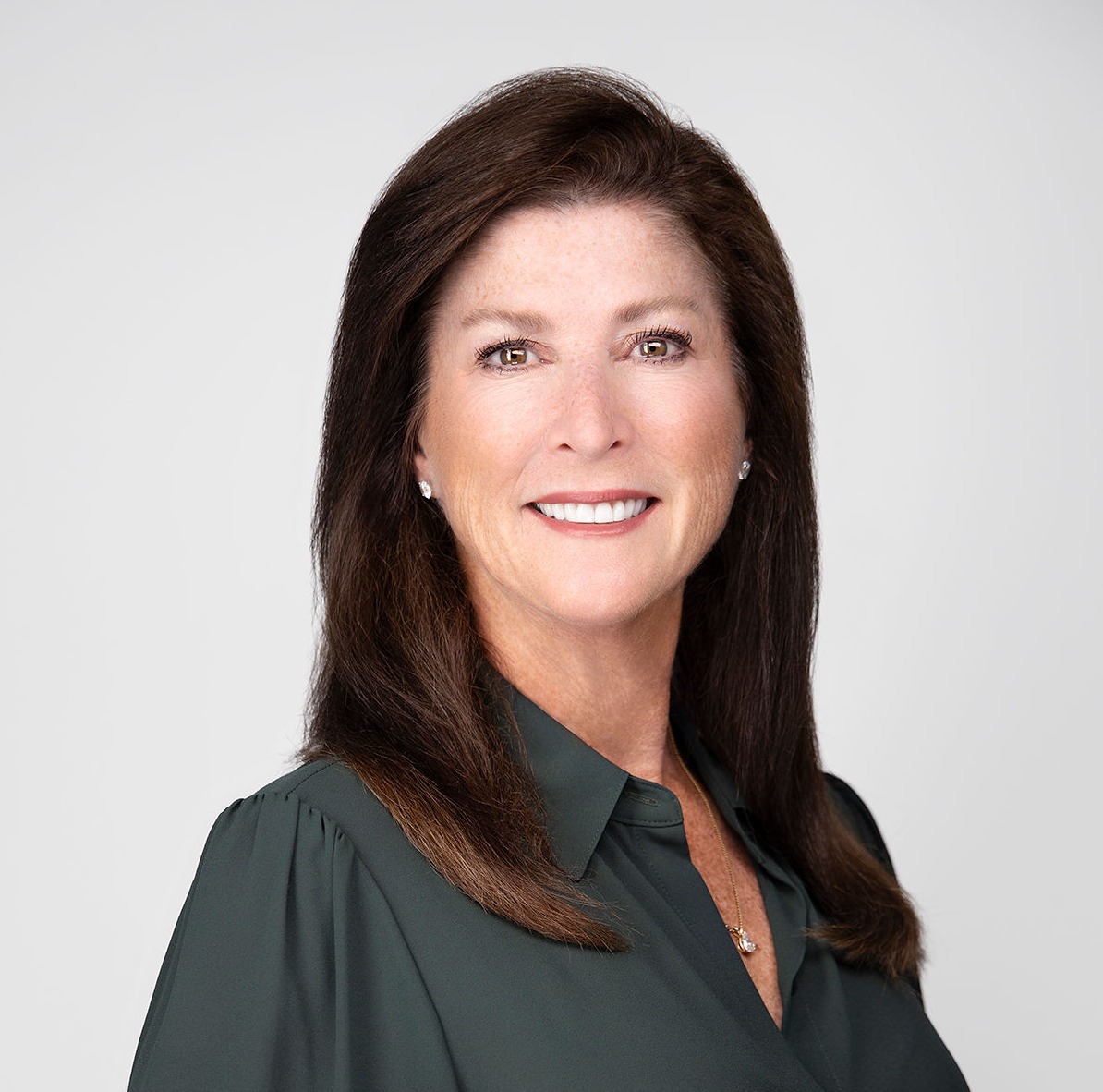1 min read
Telemammography Gaining Momentum with 1-Hour Diagnostic Results and Video Phone Consultations
The pandemic delayed breast care for many women. We all know, however, that you can’t put cancer on hold. Combine that with the intensifying shortage...










.jpg?width=1024&height=576&name=vRad-High-Quality-Patient-Care-1024x576%20(1).jpg)







%20(2).jpg?width=1008&height=755&name=Copy%20of%20Mega%20Nav%20Images%202025%20(1008%20x%20755%20px)%20(2).jpg)



 Arlene Sussman, MD
Arlene Sussman, MD
.png)
-1.png)

